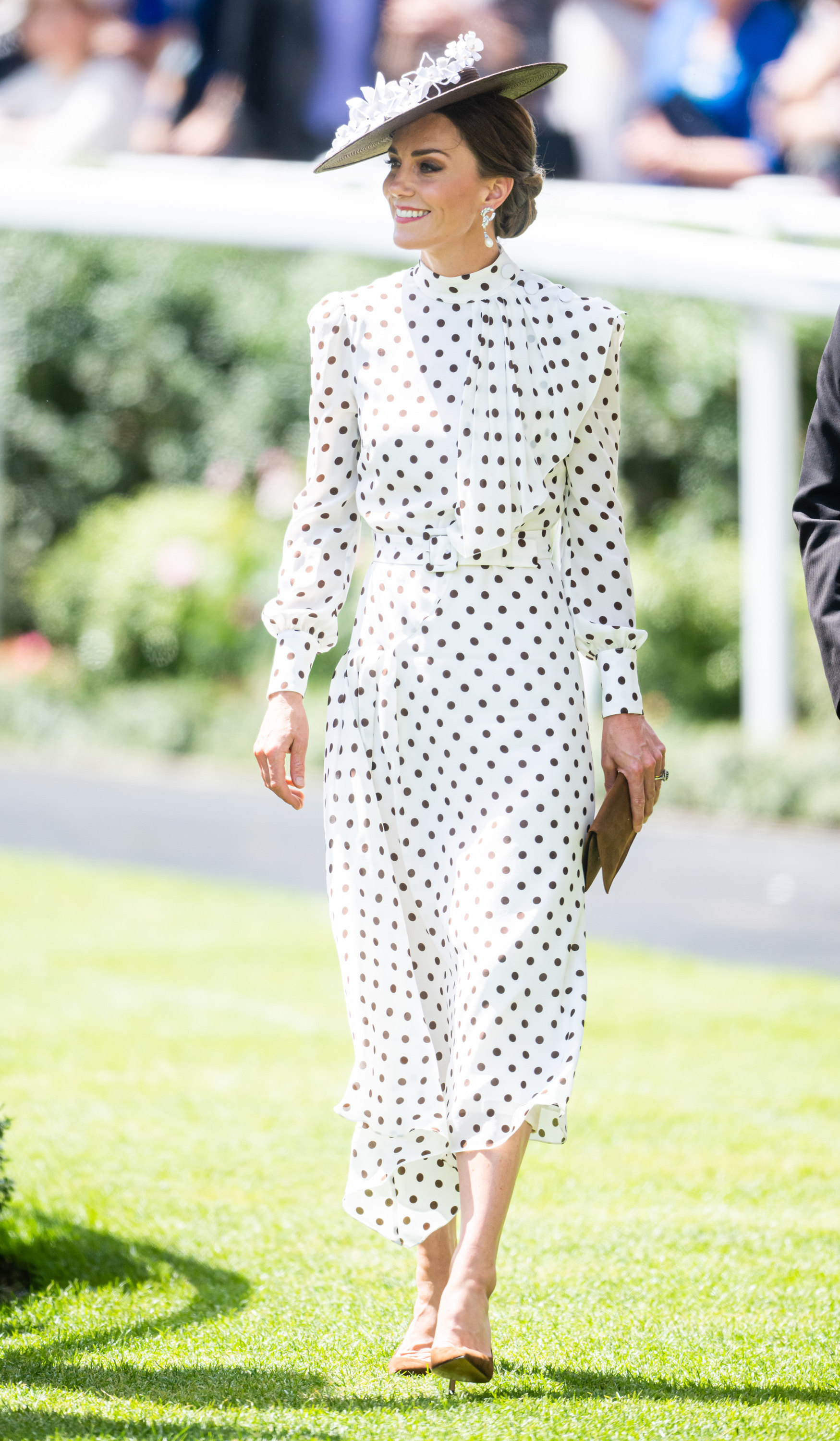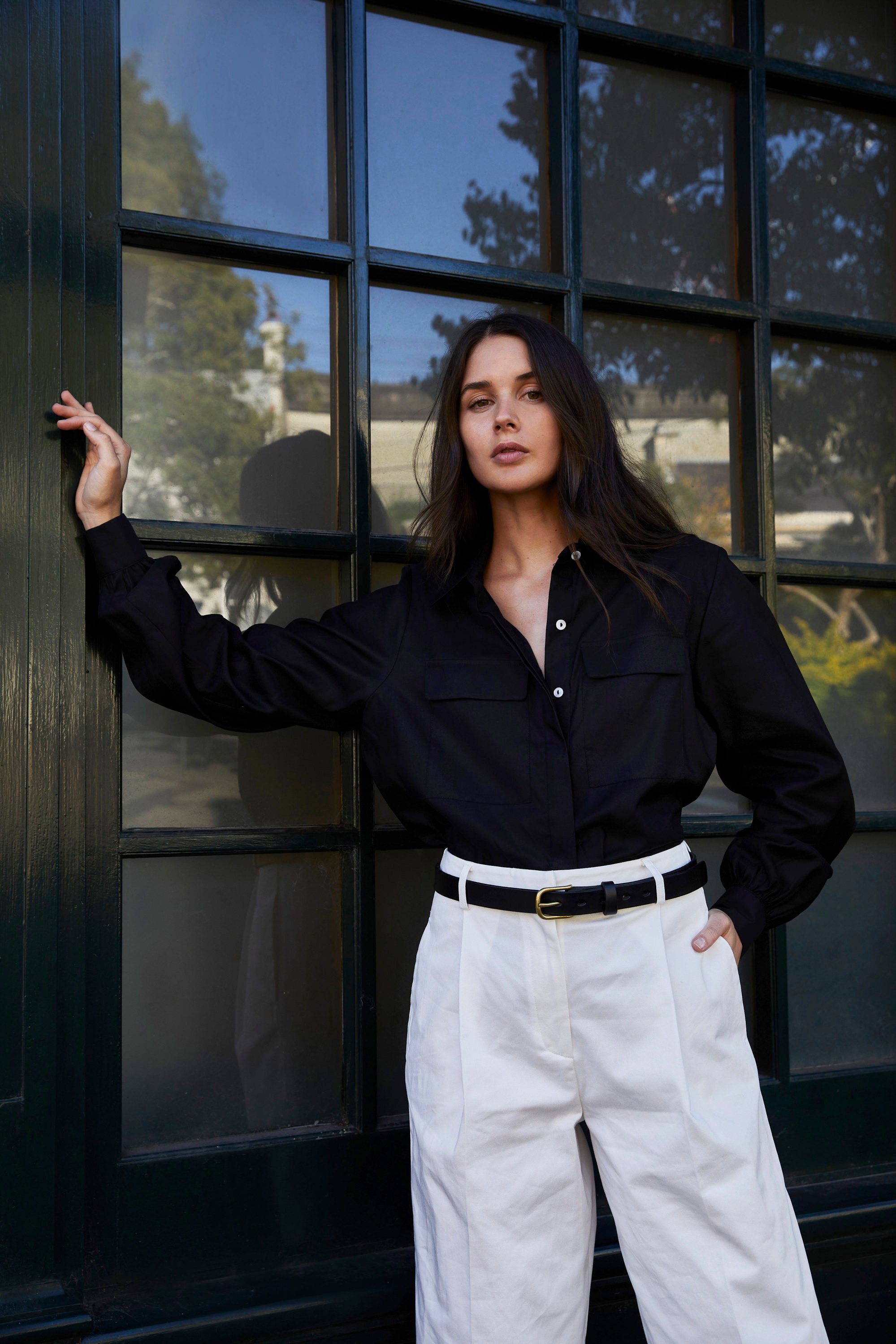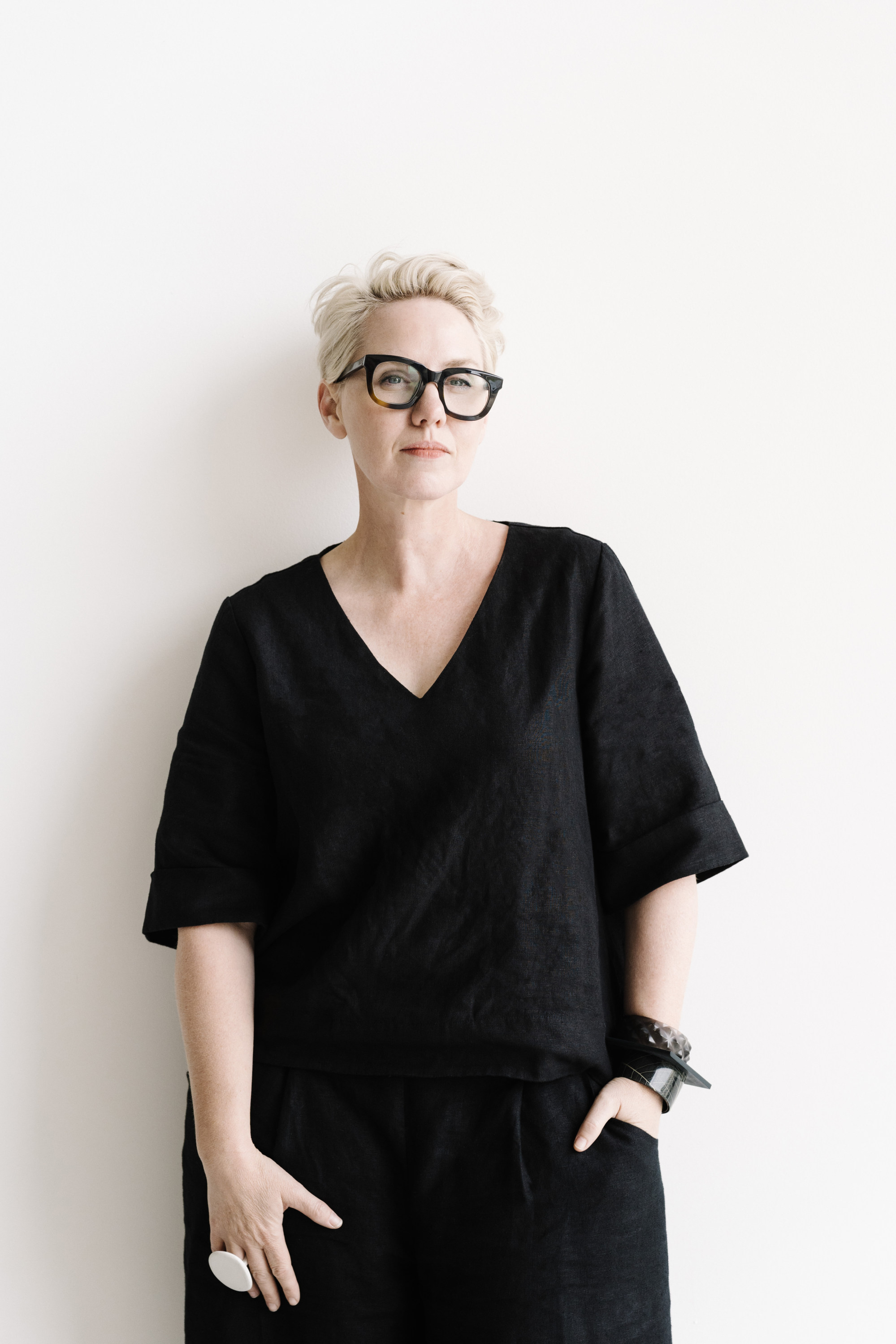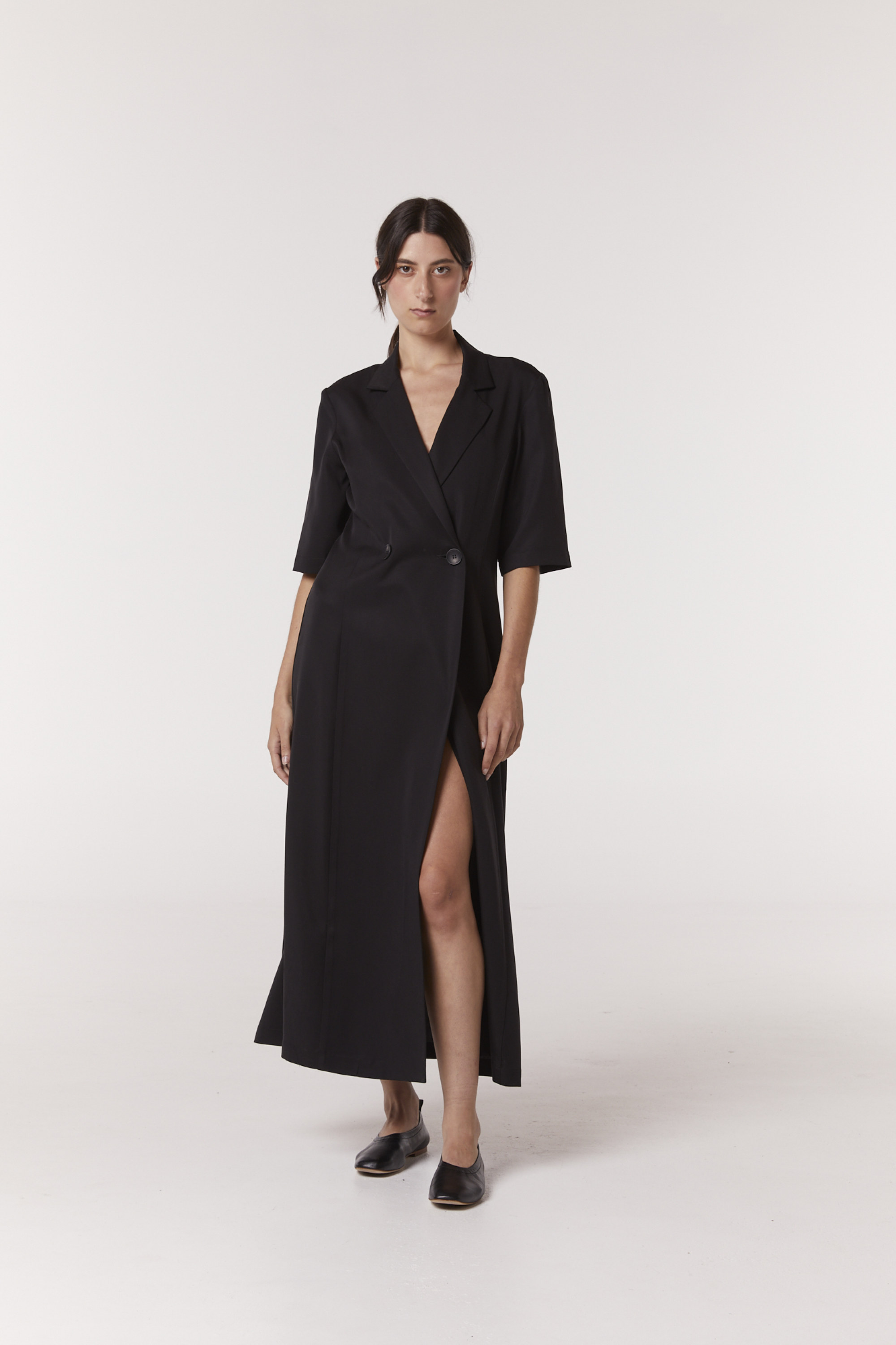
Kate Middleton’s polka dots, Steve Jobs’ polo necks – how a signature style defines you and makes getting dressed easier
- Kate Middleton, the Duchess of Cambridge, is known for her love of polka dots. The late Steve Jobs had his signature black Issey Miyake polo necks
- However you interpret the idea of a signature piece, it should make getting dressed easier – just make sure you really love it before you invest in it
In the recently reissued 1956 book What Shall I Wear? designer Claire McCardell, who just about invented everything we know about the idea of American sportswear and pragmatic elegance, wrote that anybody can and should create their own style signature.
“You, too, can start a trend. For yourself. Something that can identify you, be just for you,” she writes.
By that, McCardell means to find a piece that makes you feel most like you, that you feel your best self in and that others instantly know is, well, you. Preferably you will buy it in multiples.

In any case, the duchess has recently combined the two, wearing (and re-wearing) several versions of a polka dot Alessandra Rich dress to occasions as varied as Prince Philip’s memorial service, the Ascot races and the Wimbledon tennis finals. She looked elegant, appropriate for each occasion and very much like herself.
Too many clothes in your closet? How to create a capsule wardrobe
However you interpret the idea of a signature piece, it should make getting dressed easier. This could be a well-cut button-down you buy in every colour or a one-of-a-kind feathered dress that is a knockout whenever it is pulled out.
This is the case for Australia-based Sarah Leaf, founder of Leaf Communications, a luxury fashion communications agency. She says buying multiples of the same pieces has made getting dressed a cinch.
“Multiple pieces in my wardrobe are repeats of the same item in different colours,” she says. “As I’ve got older, I’ve come to understand my personal style, what suits me and what I feel most comfortable in.

“I love the ease that comes with getting dressed in the morning when you have strong wardrobe foundations that you know will always look polished and put together no matter how time-poor you are.”
Leaf adds: “Having strong basics also means you always have something that works back with your more bold, colourful or trend-driven pieces.
“Some items I own in multiples include simple cashmere cardigans, my favourite T-shirt in every neutral colour, jeans in blue and black and even my tailored suit pants in two sizes so I have different fit options. I do find this approach most useful for workwear; Steve Jobs was definitely onto something.
“However, when I find myself reaching for the same piece every weekend I tend to do the same. I own multiple colours of the same linen shirts, beach cover-ups, tracksuit pants and even my favourite swimsuit.”

“I have multiple pieces in my wardrobe that are the exact same style but in different colours,” she says. “I tend to do this the most in pieces I wear on high rotation, my wardrobe essentials. Items like jeans, staple tanks and T-shirts, shirts and even a casual lightweight jacket.
“When I find a shape that works and know I already wear it on repeat I don’t hesitate adding it in another colour, especially if it’s a neutral.”
As for her advice on choosing the pieces to invest (and reinvest in), Crampton says to slow down, and make sure you really love it.
“Take the purchase process nice and slow by curating a mood board of style references you love via Pinterest or Instagram saves, and then figure out what your style inspo has in common,” she says.
“Are you looking for a high-waist rigid jean, or a boxy blazer? Know what you’re looking for and don’t stop the search until you find the piece that you absolutely love.
“When you truly love an item and it’s exactly what you’ve been searching for, I guarantee you’ll wear it more often as opposed to a quick emotional buy. When we slow down the buying process we buy less and buy better. We end up loving everything in our wardrobes and wear them on repeat because they make us feel good.”
Plenty of brands cater to re-purchasers too. Jade Arnsdorf, founder of Australian label Arnsdorf, says she has a focus on making pieces that are foundational in her customers’ wardrobe. She puts out a version of these each season.

Pieces such as the brand’s organic cotton and merino ribs and shirting are all foundational pieces in her own wardrobe too. She says this helps clients build on their wardrobes intentionally too.
“It’s really about this idea of having foundational pieces within the collection that we call the permanent collection that build the wardrobe from a view of longevity, so we are really intentional about the fabrics that we use.
“[If] someone buys our Celeste jacket and suit trouser they can later purchase the tailored trouser and it will match back with the jacket; or if, after years the trousers wear out, they can replace them but the Jacket will still match,” she says.
“It’s about having a collection of pieces that we have perfected in terms of fit and detailing and then we may cut it in a new colour or seasonal fabric. Our clients already know that style works for them, so it’s an easy addition to their wardrobe.
“We still also provide a new seasonal collection alongside the permanent collection, and these limited-edition pieces can breathe new life into their existing permanent wardrobe.”

Fashion designer Marnie Goding, co-founder of label Elk, says buying multiples of clothes you will wear and re-wear helps to stop you buying clothes that you won’t wear. She too says to slow down your purchasing, do your research and when you find a brand you love and that works for you, stay loyal to it.
“The way we shop now it is all too easy to buy more than we need. The secret to finding the right styles is to take your time,” she says. “Do your research and if possible, try them on first.
“No designer can make the perfect piece to suit everyone so, once you have worked out what you love then spend time looking at brands that fit the bill. The right brand match is important because it is likely to make new designs that will also work for you.
“I have been known to buy a couple of the same piece for future wear in a style I love that fits my shape perfectly – there is nothing worse than your favourite piece getting to the point that it is unwearable.”

If in doubt, consider investing in an outsider’s opinion.
“If you find it hard or overwhelming to work out what styles or brands work for you, then consider employing a professional stylist,” says Goding. “They help work out what you need and have exposure and relationships with hundreds of brands, taking the guesswork out of the process.
“Investing time and effort into finding your thing and creating the ultimate wardrobe mix will result in easy outfitting, less waste and will make dressing each day much more fun.”

